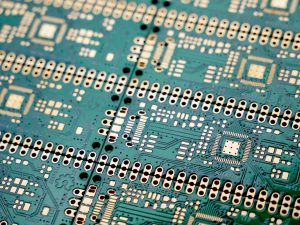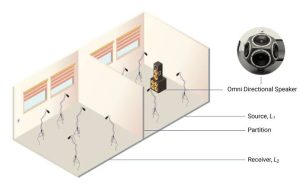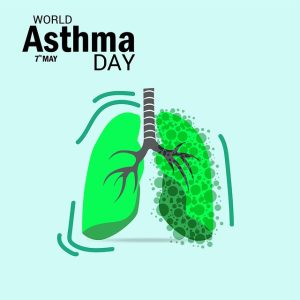The COVID-19 pandemic has brought a new awareness of the importance of respiratory protection. Healthcare workers, in particular, have been relying on N95 respirators to protect their health and that of their patients. But for those who are new to using these masks, there can be a learning curve. In this article, we will discuss the basics of n95 mask, fit, and how to ensure maximum safety.
N95 respirators are a type of respiratory protective device designed to protect the wearer from airborne particles such as dust, allergens, and viruses. N95s are regulated by the National Institute for Occupational Safety and Health (NIOSH), which ensures that the devices meet certain filtration and fit requirements. One important thing to keep in mind is that N95s are not designed to protect against gases or vapors.
To ensure that an N95 respirator is effective, it must be properly fitted to the wearer’s face. A proper fit is essential to create a seal between the mask and the face. A seal helps prevent particles from entering around the edges of the mask. N95 respirators come in various sizes, and it is important to try on several sizes to find the best fit. A proper fit test should be performed to ensure that the mask is providing the proper protection.
It is also important to maintain and inspect N95 respirators properly. Before putting on the mask, check for any signs of damage, such as tears or holes in the material. If the mask is damaged, it should be discarded. After use, the mask should be disposed of properly, and the hands should be washed thoroughly to prevent contamination. If the mask becomes damp or wet, it should be replaced immediately.
When wearing an N95 respirator, it is important not to touch the front of the mask. Doing so can lead to contamination of the mask, and potentially jeopardize the effectiveness of the mask. If it is necessary to adjust the mask, it should be done by the ear loops or headbands, without touching the front of the mask.
Another important aspect of using an N95 respirator is understanding that it must be part of a full respiratory protection program. This means that the respirator must be used in conjunction with other protective measures, such as hand hygiene, social distancing, and other personal protective equipment (PPE). N95 respirators alone will not provide complete protection against airborne particles.
N95 respirators have become essential protective gear for frontline workers, particularly during the current COVID-19 pandemic. The N95 respirator is designed to filter out at least 95% of airborne particles, including viruses and bacteria, making it an effective barrier against the spread of infectious diseases. In this article, we will discuss the proper usage and fit of N95 respirators for maximum safety.
Firstly, it’s vital to understand when to wear an N95 respirator. These respirators are recommended for healthcare workers, emergency medical personnel, and other essential workers who may be exposed to COVID-19 or other airborne contaminants. This means that the general public does not need to wear an N95 respirator unless they are caring for infected individuals. If you do not work in a high-risk environment, a cloth mask should suffice for daily use.
When selecting an N95 respirator, make sure to choose one that fits you properly. A perfect fit is essential because it seals around your nose and mouth properly, ensuring that no contaminants can enter. A poorly fit N95 respirator will not provide ultimate protection and can even expose you to more significant risk. An ideal respirator should fit snugly but comfortably, without any gaps between your face and the respirator.
Next, the N95 respirator should be donned according to the manufacturer’s instructions. The first step is to perform hand hygiene either with soap and water or an alcohol-based hand sanitizer. Verify the respirator’s integrity by checking for proper filtration and no visible damage. Place the N95 respirator over your nose and mouth and secure it with the elastic bands around your head. Using both hands, mold the nose clip to the shape of your nose to ensure a tight seal.
It’s vital to remember not to touch the respirator while in use. If you need to adjust the fit, touch only the straps, and avoid touching the respirator surface. Furthermore, once you remove the respirator, dispose of it properly. Place the respirator in a plastic bag and then wrap it in a second bag before disposing it in the trash. Lastly, perform hand hygiene immediately after removing the N95 respirator.
Fit testing is essential before using any respiratory equipment. Make sure to perform a fit test to ensure the respirator’s proper seal every time you use it. This test should be done in compliance with your workplace safety program. A respirator’s fit test will verify if an N95 respirator fits you correctly and provides adequate protection. Fit testing is necessary to ensure maximum protection whenever you use it.
Conclusion:
N95 respirators are an important tool in protecting healthcare workers and others from airborne particles. However, they must be used properly to ensure maximum safety. A proper fit and regular inspection are essential components of proper N95 use. In addition, it is important to remember that an N95 respirator is just one part of a full respiratory protection program. With the right training and knowledge, N95 respirators can provide an essential layer of protection against airborne particles.
The proper usage and fit of N95 respirators are essential to maximize their safety. Users should wear an N95 respirator only when necessary, and it is vital to choose one that fits perfectly. By following the manufacturer’s instructions and performing regular fit tests, you can ensure maximum safety and protection. Everyone has a role to play in the fight against COVID-19, and wearing a mask, whether an N95 respirator or cloth mask, is one of the most effective ways to mitigate the risks of transmitting and contracting the virus.





